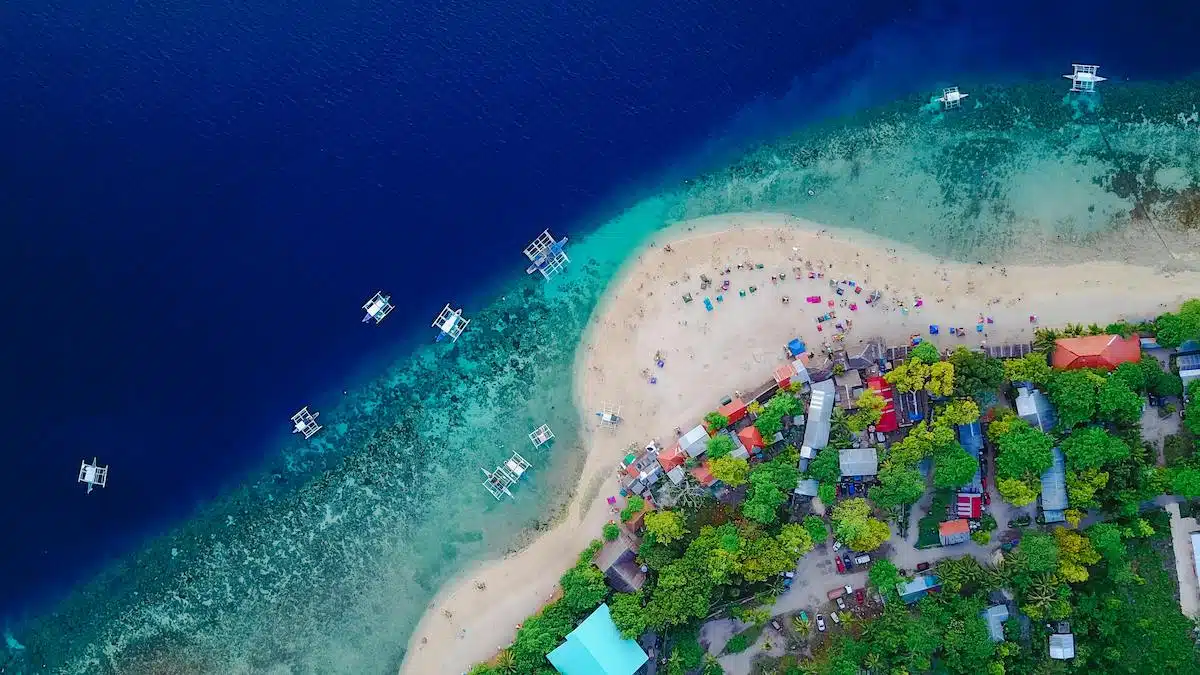Considering a visit to the Philippines? The U.S. Department of State has issued a travel advisory for certain areas due to crime, terrorism, civil unrest, and kidnapping. Here’s what you need to know to stay safe and enjoy your trip.
High-Risk Areas
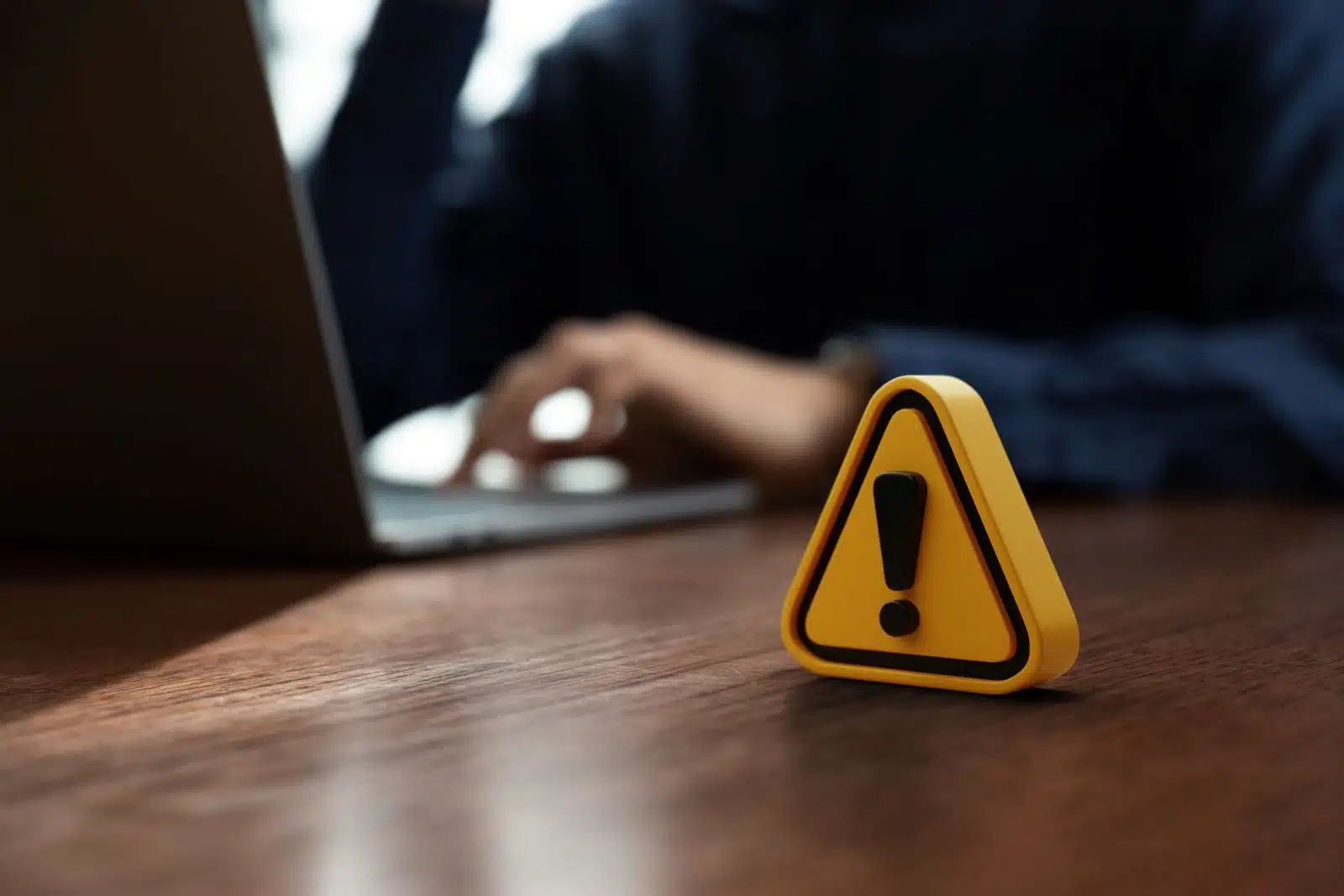
Image Credit: Shutterstock / Thx4Stock team
The travel advisory specifically warns against traveling to the Sulu Archipelago, Marawi City, and parts of Mindanao. These regions are known for high levels of crime and terrorist activity. Avoiding these areas is strongly recommended.
Crime and Terrorism
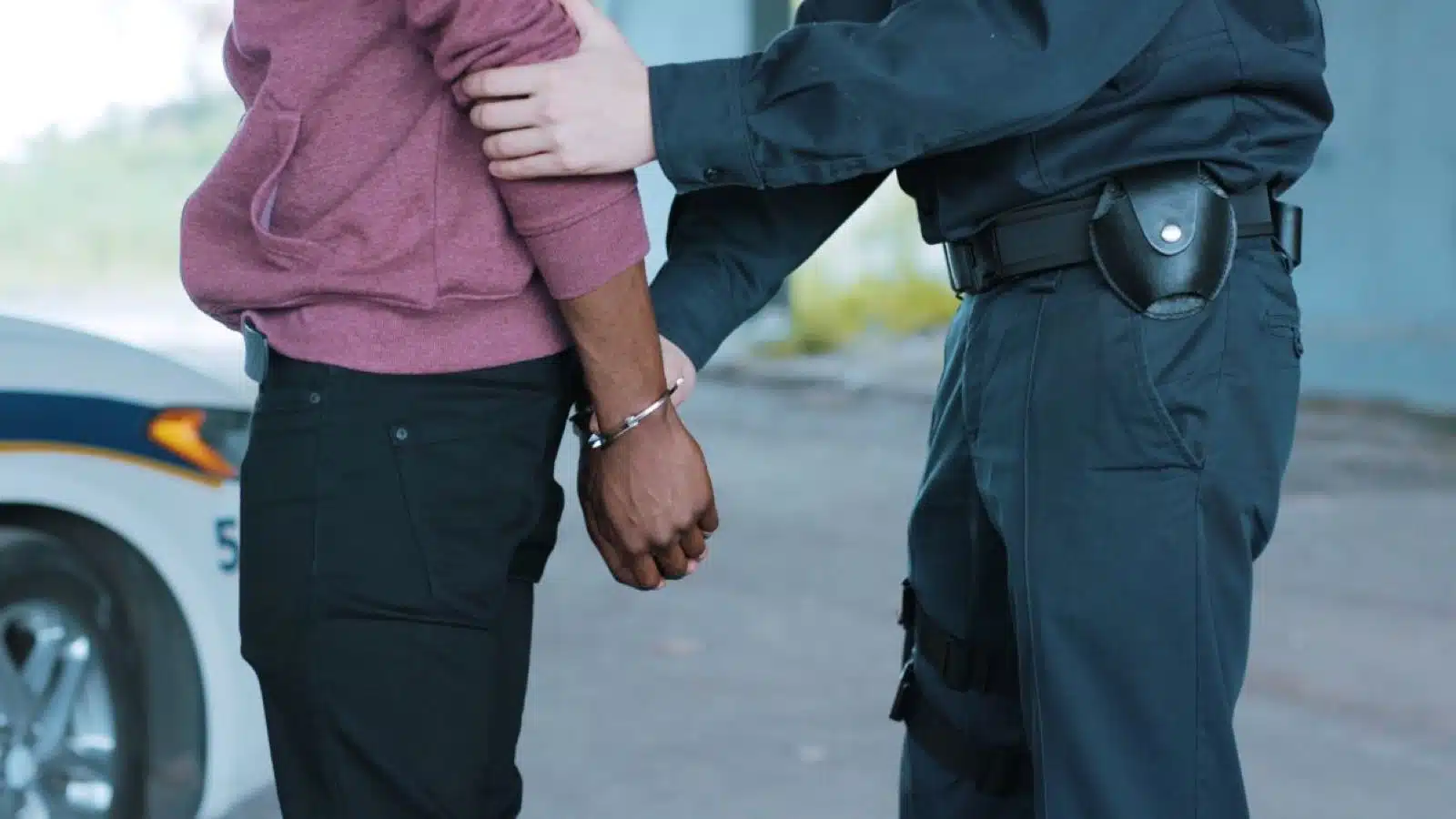
Image Credit: Shutterstock / Fractal Pictures
Crime, including violent crime, is a serious concern in these high-risk areas. Terrorist groups continue to plan attacks and kidnappings, particularly in the Sulu Archipelago and parts of Mindanao. Exercise extreme caution and stay informed about local conditions.
Civil Unrest
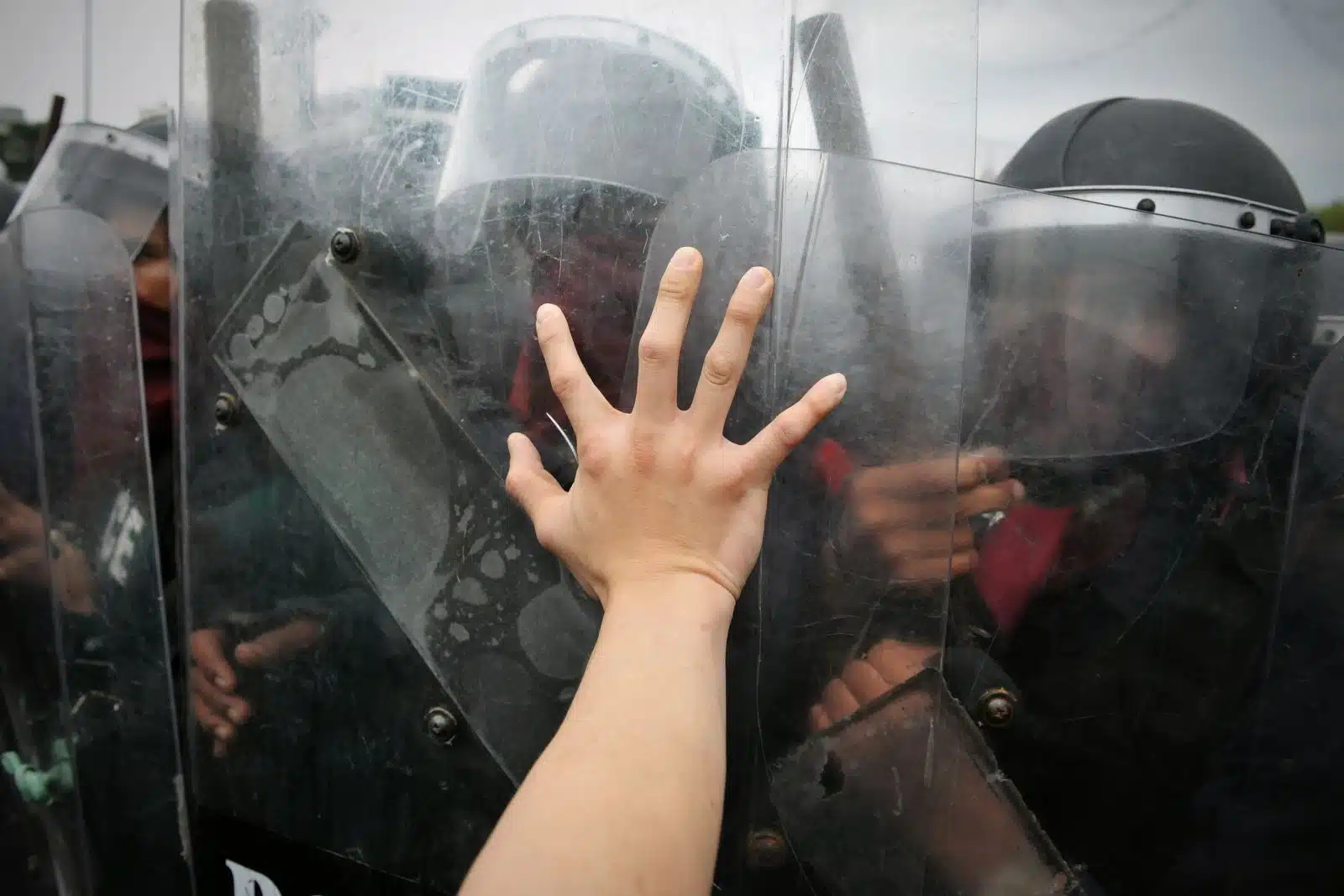
Image Credit: Shutterstock / 1000 Words
Civil unrest and insurgent activities can disrupt travel plans. Marawi City, in particular, has experienced significant conflict. Avoid areas where there are active insurgencies or ongoing military operations.
Kidnapping Risk
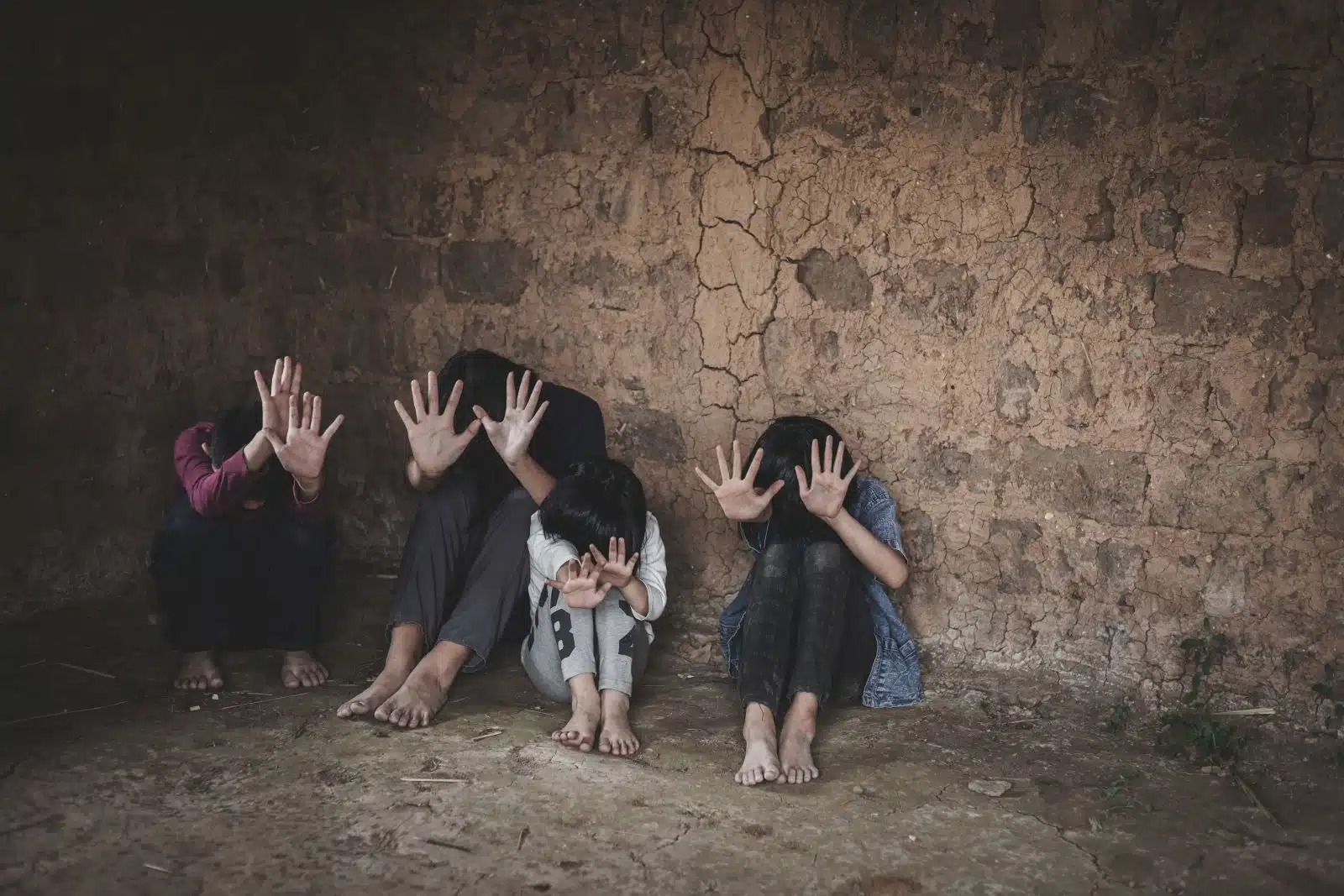
Image Credit: Shutterstock / HTWE
There is a high risk of kidnapping in the Sulu Archipelago and parts of Mindanao. Kidnappings can target both locals and foreigners, often for ransom. Avoid isolated areas and travel with reputable guides or groups.
General Safety Tips

Image Credit: Shutterstock / dotshock
- Stay in Secure Accommodations: Choose hotels with good security measures in place.
- Avoid Isolated Areas: Stick to well-populated and well-secured areas, especially after dark.
- Stay Informed: Regularly check local news and updates from reliable sources.
Popular Tourist Areas
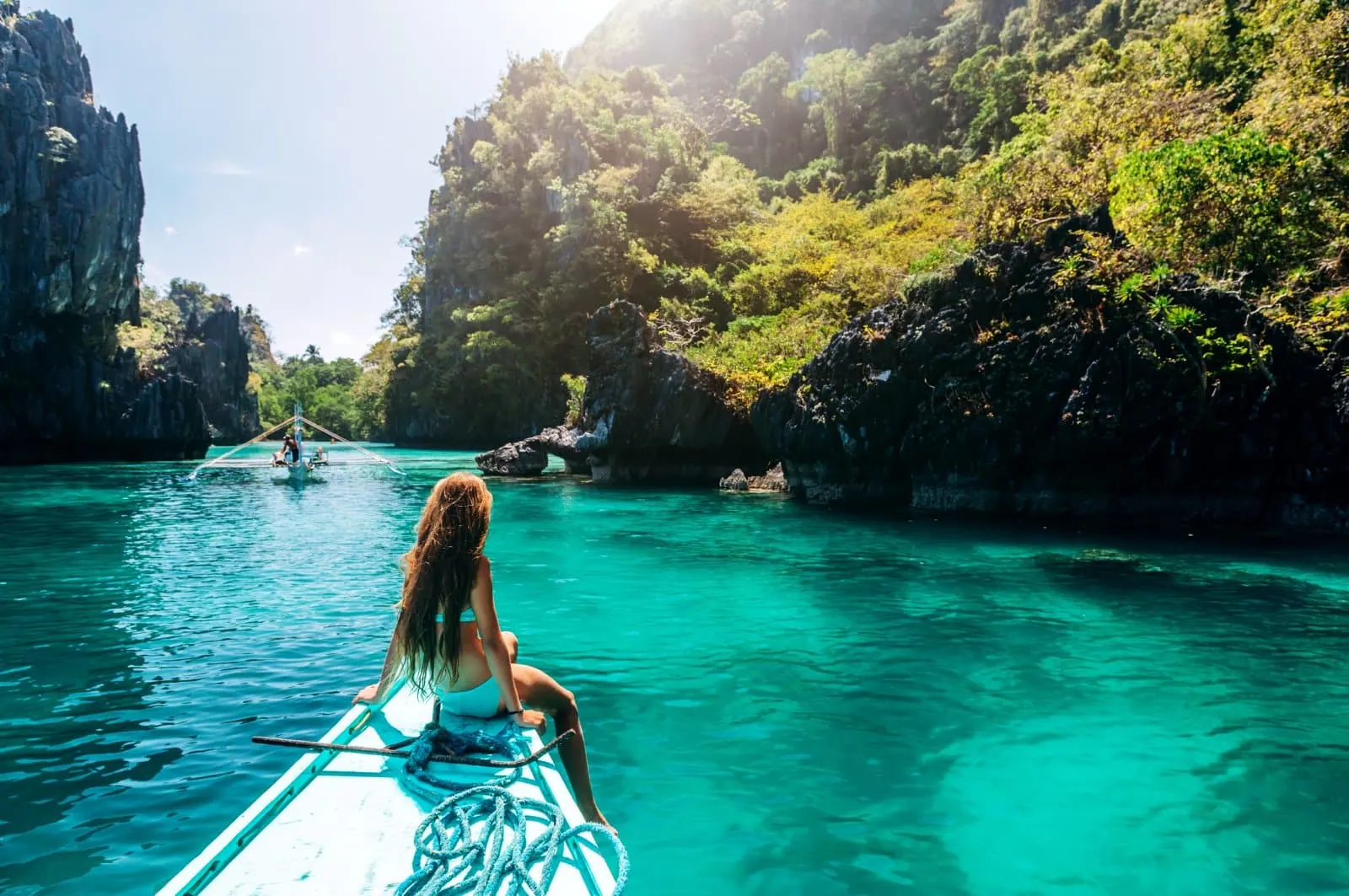
Image Credit: Shutterstock / Alena Ozerova
Despite these warnings, many parts of the Philippines, including Manila, Cebu, and popular beach destinations like Boracay and Palawan, are generally safe for tourists. Exercise normal precautions, stay aware of your surroundings, and avoid displaying valuables.
Transportation

Image Credit: Shutterstock / MMD Creative
Use reputable transportation services and avoid public transit late at night. Arrange airport transfers in advance through your hotel or a trusted service.
Health Precautions
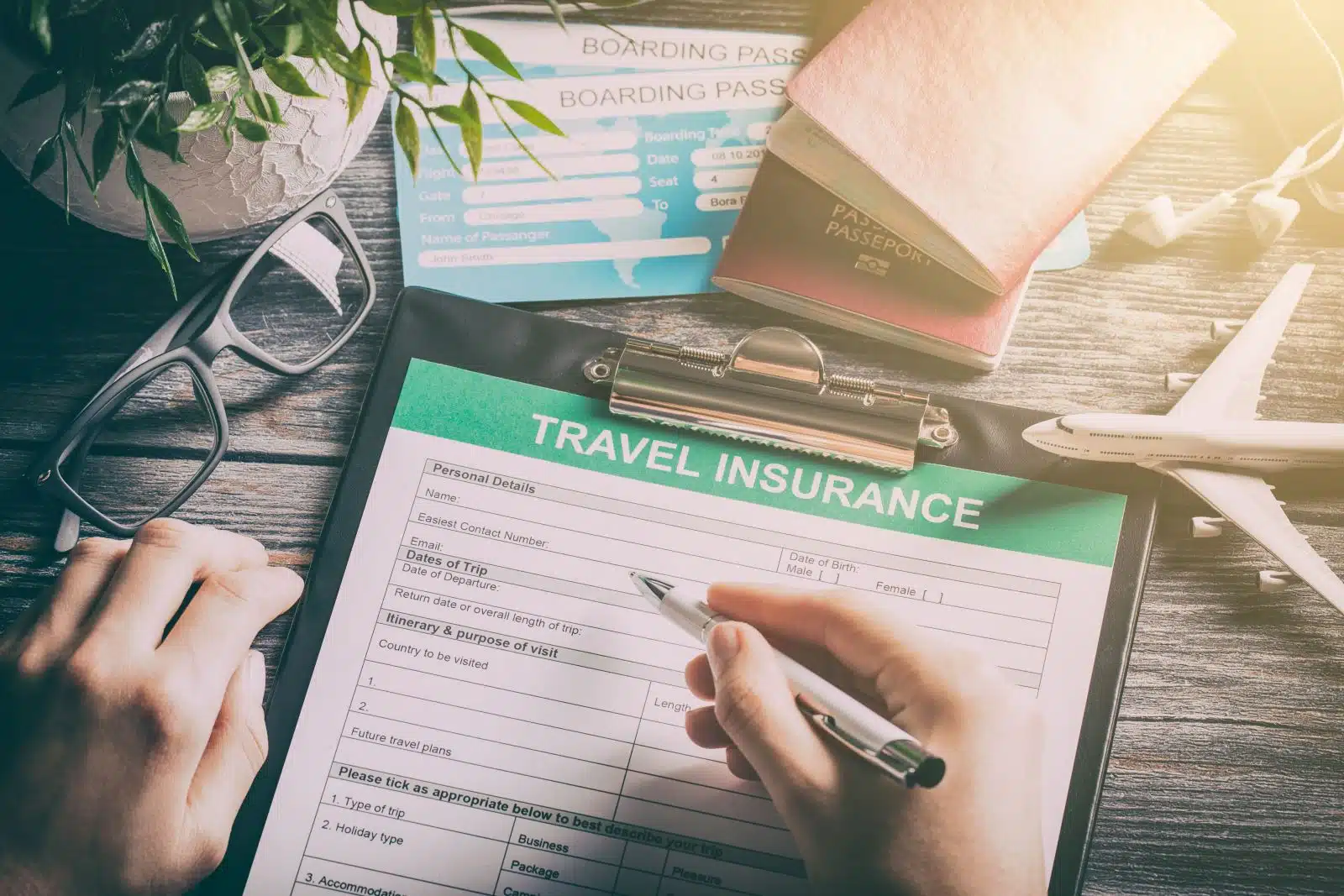
Image Credit: Shutterstock / REDPIXEL.PL
Ensure you have comprehensive travel insurance that includes medical evacuation. Healthcare facilities can vary, and it’s important to have access to quality medical care if needed.
Emergency Contacts

Image Credit: Shutterstock / ImYanis
Register with the Smart Traveler Enrollment Program (STEP) to receive updates and make it easier for the U.S. Embassy to assist you in an emergency. Keep emergency contact numbers handy.
Local Laws and Customs
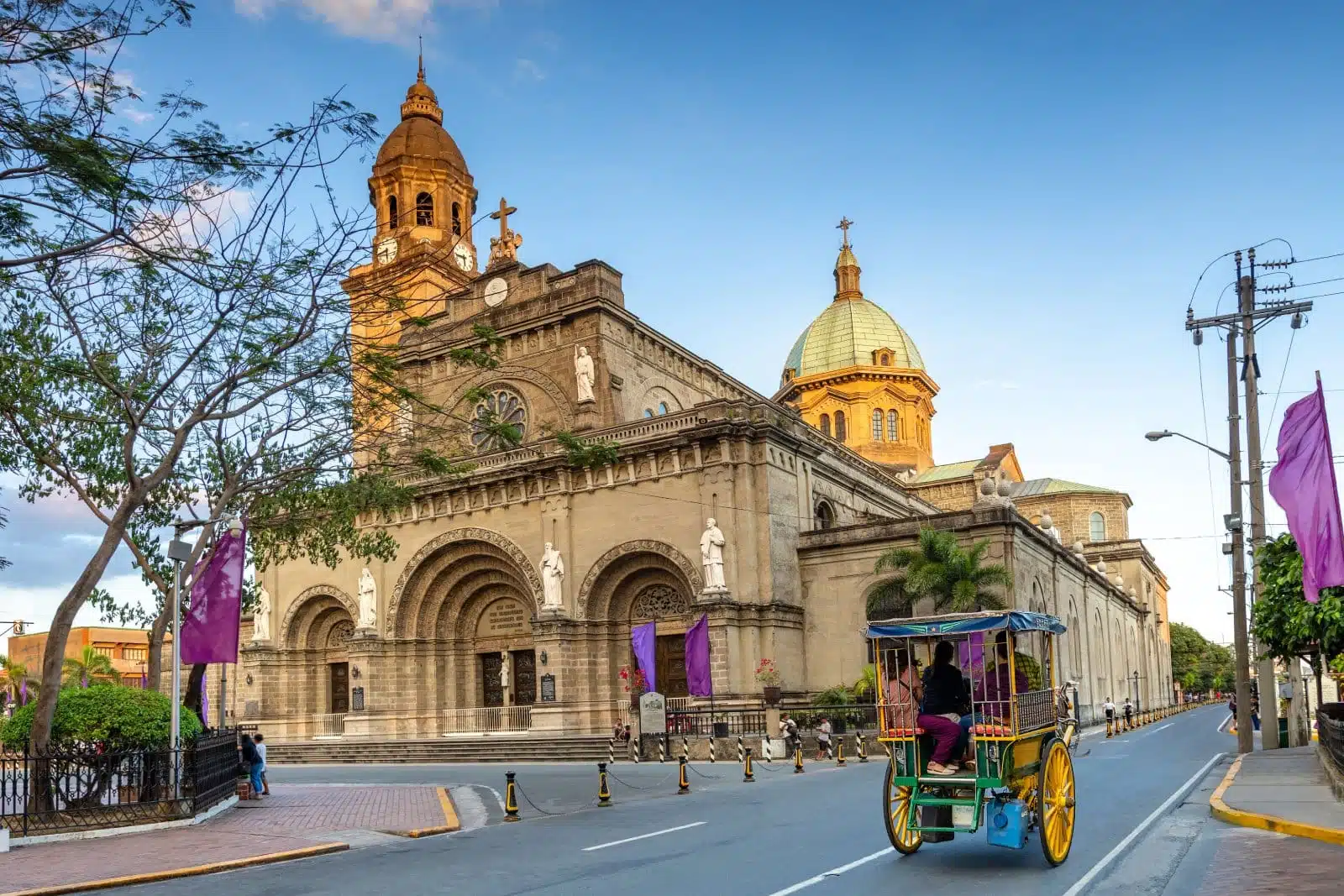
Image Credit: Shutterstock / Sean Hsu
Respect local laws and customs. The Philippines is a diverse country with different cultural norms, particularly in more conservative areas.
Check the Latest Advisory

Image Credit: Shutterstock / Mix and Match Studio
For the most current information, refer to the U.S. Department of State’s travel advisory page for the Philippines. Staying informed will help you plan a safer and more enjoyable trip.
By following these guidelines and staying vigilant, you can have a rewarding experience exploring the Philippines while ensuring your safety and well-being.
More From The Green Voyage
Top 10 Trending Travel Destinations 2024
6 Essential Banking Apps for International Travel – Managing Your Finances on the Go
Traveling With Kids – 10 Tips to Create Memorable Family Holidays
Featured Image Credit: Pexels / Tirachard Kumtanom.
For transparency, this content was partly developed with AI assistance and carefully curated by an experienced editor to be informative and ensure accuracy.
